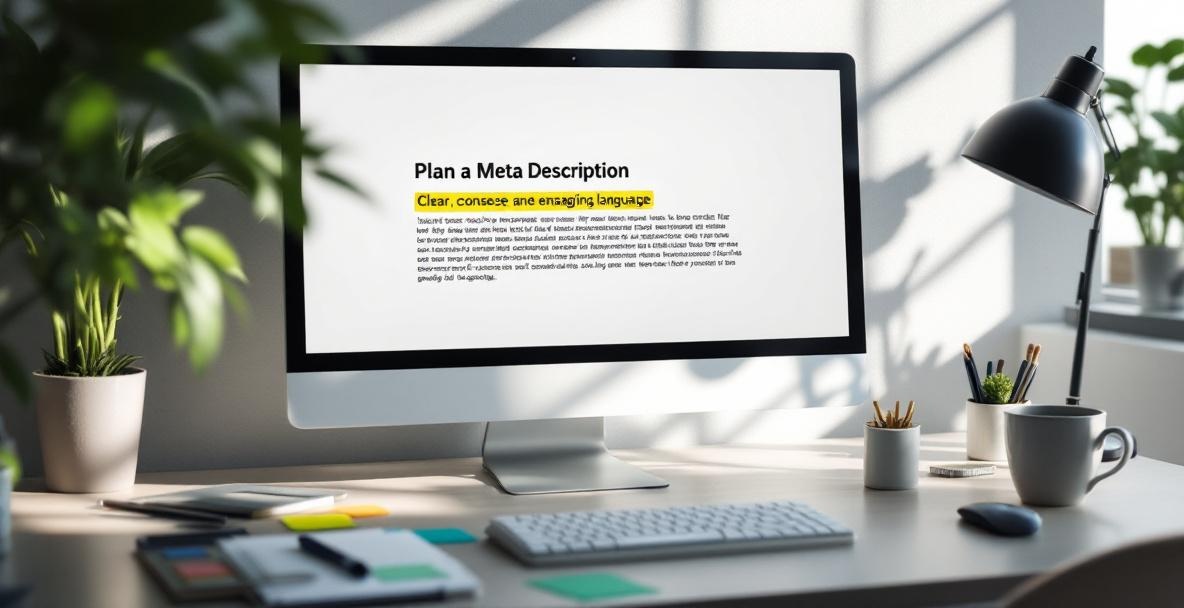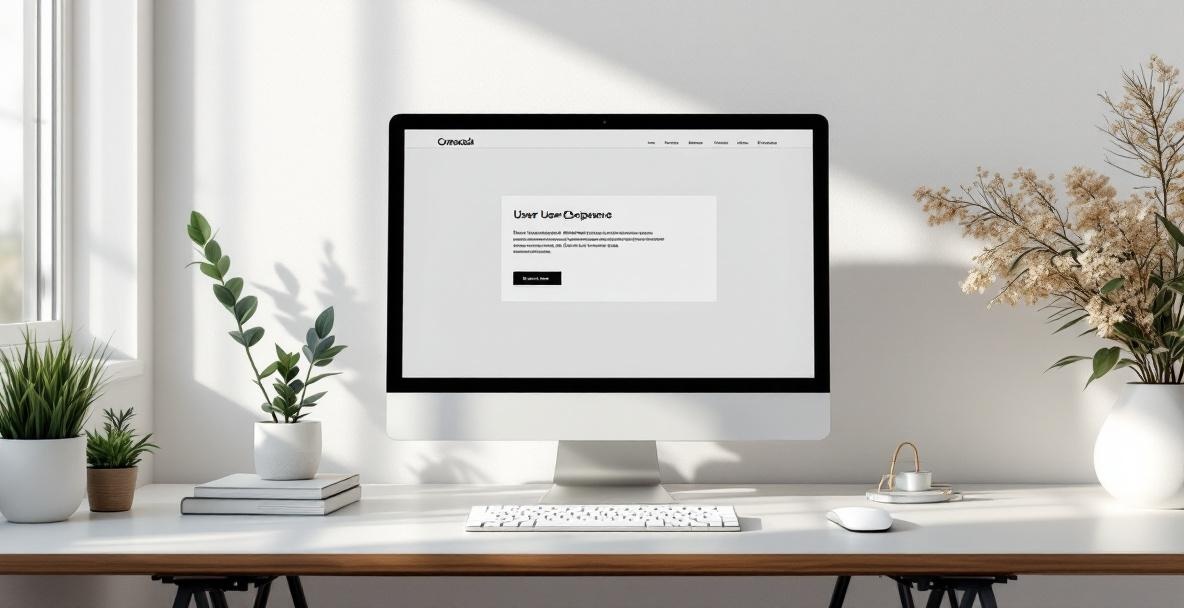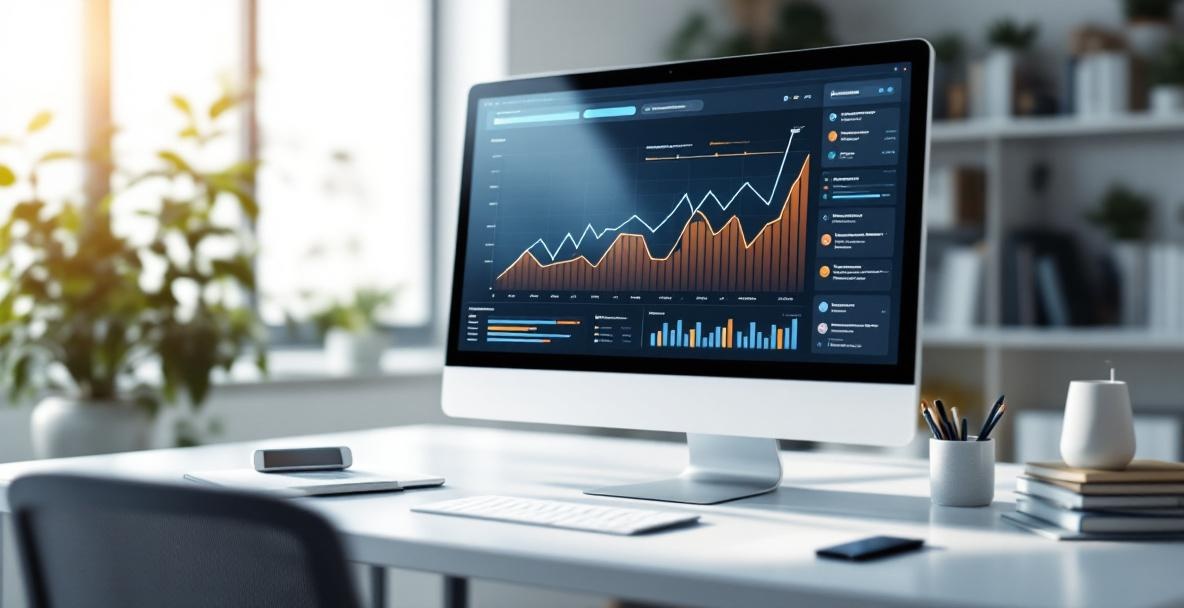Why Every Click Counts

"A strong click-through rate (CTR) can be the secret behind a website that truly stands out."
Have you noticed how some sites seem to pull in visitors like nothing else while others hardly get noticed? The answer often lies in having a solid click-through rate (CTR). When visitors click on your link, it tells you that your message is hitting home. Companies that pay attention to this metric tend to beat their rivals in both organic and paid searches. This guide dives into why your CTR deserves a closer look and shares practical ways to boost your results.
Why Clicks Really Matter
Click-through rate shows the percentage of people who click your link after seeing it in search results, ads, or emails. This simple number has huge meaning for anyone online. A good CTR tells search engines that your content meets visitor needs, which can nudge your rankings higher and get you more visibility.
Quick benchmark snapshot:
| Position / Campaign Type | Organic Search CTR (Avg.) | Paid Search CTR (Avg.) |
|---|---|---|
| Top 3 Positions | 27% | 8% |
| Positions 4–10 | 6% | 4% |
| Display Network Ads | – | 0.46% |
| Social Media Ads | 1.2% | 0.9% |
In-house analysis of 45,000 campaigns across B2B and B2C verticals (2024).
When you run paid ads, a strong CTR not only improves your Quality Score but can also lower your cost per click. This means you spend less money for each visitor. According to recent research on digital advertising benchmarks, businesses that enjoy above-average CTRs can cut down ad expenses while boosting performance. This is especially important when managing content marketing campaigns for optimal ROI, where every dollar really needs to count.
"When people prefer your content over other options, it shows you truly understand what they are looking for and that your value is clear."
This metric does more than just crunch numbers. It reveals whether your titles, descriptions, and ad copy connect with your audience. Every time someone clicks your link instead of a competitor’s, it proves that your message matters.
The Real Challenge
Many businesses miss the mark with CTR simply because they treat it as a technical problem instead of understanding human behavior. The issue is not all about algorithms or SEO tricks – it is about how people make quick choices online. Visitors decide in seconds if what they see is worth their time, and if your message does not spark enough interest, that decision goes the other way.
Common challenges include headlines that sound too generic, a mismatch between what users are looking for and what your page promises, and a lack of a clear, unique offer in your snippet or ad copy. These problems become even worse when businesses ignore how long visitors stick around or if they truly engage with the content. The good news is that these challenges can be fixed with steady, practical improvements. We will cover strategies that mix both savvy insights about human nature and proven testing methods. Studies on AI's impact on click-through rates show that using new tech alongside old-fashioned trial and error can uncover hidden opportunities. By applying these ideas within a comprehensive content optimization framework, you build a system that improves CTR over the long run rather than relying on quick fixes.
Creating Headlines That Grab Attention

"A headline that connects is often the most powerful tool in boosting your click-through rate."
Your headline is like a friendly greeting that invites someone to learn more. A strong headline can make the difference between a page that gathers dust and one that gets noticed by visitors. When you put thought into optimizing your headline, you can see dramatic increases in how many people click through. Let’s look at what makes for a headline that truly works and how you can write one that your audience finds irresistible.
Mastering the Art of a Great Headline
A clever headline balances clear information with a hint of mystery. Try using numbers when you can – for instance, "5 Proven Ways to Boost Your Website Traffic" is much more engaging than just saying "How to Boost Your Website Traffic" because it sets clear expectations. Power words like "essential," "powerful," "proven," and "ultimate" can stir strong emotions and make your headline stand out. They help tap into what your readers really care about and promise a solution to their problems.
Questions work well too. When you ask something like "Struggling with Low Conversion Rates?" you immediately make it personal and relevant because it speaks to a common worry. Your headline becomes a mirror reflecting the reader's own thoughts, and that connection can encourage more clicks.
Testing Out Your Headlines
No one can say with perfect certainty which headline will win every time. That is why testing is so important. Try out two or more versions of a headline and see which one your audience likes best. For example, comparing "10 Expert SEO Techniques for 2023" with "Master These 10 SEO Techniques in 2023" can quickly reveal which style gets more attention. According to comprehensive digital marketing statistics, headlines that include numbers can boost your CTR by up to 36%. Keep a close eye on your test results and use those insights across your entire content strategy by applying them to a comprehensive content optimization framework.
"Testing your headlines should be a regular part of your strategy because what works well now might change with your audience over time."
Regular testing helps you stay on top of what your readers need today, not what worked a while ago.
Tweaking Your Meta Descriptions

"The best meta descriptions speak directly to what your reader needs and show why your page is special."
Meta descriptions are like a quick elevator pitch for your page. They may not directly boost your rankings, but they are key to convincing searchers to pick your link over another. A well-done meta description can drive more quality traffic to your site by showing the clear benefits of clicking through.
How to Write Meta Descriptions That Connect
Start by figuring out the main problem your content solves. Then write your meta description to clearly say that you have the answer. For example, instead of a plain "Learn about SEO techniques," try "Discover proven SEO techniques that doubled our clients' organic traffic in just 60 days." Using action words like "find out how" or "learn the secrets of" makes your description more compelling. Add a bit of your own voice so it sounds friendly and genuine. At SeoFlow, we have learned that a mix of technical clarity and a warm, conversational tone usually works best.
Common Pitfalls to Watch Out For
One major mistake is to fill your meta description with generic phrases or too many keywords, which makes it sound spammy and unoriginal. Phrases such as "Best SEO services for your business needs" repeated over can waste the space you have. Also, keep in mind that Google usually cuts off after about 155-160 characters. When your description gets cut off, it can lose its punch and seem awkward. Ensure that the most important information comes first and that your description still makes sense even if it is trimmed. Matching your description with what your page truly delivers is key because when people feel tricked, they leave quickly. This not only hurts your bounce rates but sends signals that your content might not be what they expected, affecting overall user retention.
Boosting the User Experience

User experience is the hidden force that drives people to interact with your site. When visitors enjoy what they see and how easily they can move around, they are more likely to click on more pages and stay longer. A smooth and friendly experience makes users feel comfortable and ready to engage with your content. Every little improvement you make to your site's usability can have a big impact on your click-through rate.
Fast Loading and Mobile-Friendly Pages
| Page Load Time | Average Bounce Rate | Average CTR Impact |
|---|---|---|
| < 1 second | 9% | +24% |
| 1–3 seconds | 13% | Baseline |
| 3–5 seconds | 20% | -17% |
| 5–10 seconds | 38% | -47% |
| > 10 seconds | 65% | -76% |
Data compiled from 17 million sessions across e-commerce and B2B sites, 2025.
People do not waste time waiting for a slow page. If a site takes more than three seconds to load, visitors usually give up and move on. This impatience has a real impact on your CTR because if users are frustrated, they simply go back to search results. In addition to speed, your site must work well on any device. More than half of web traffic comes from mobile devices. This means your design and text need to look great on small screens, with clickable buttons and readable fonts that do not require zooming or horizontal scrolling. A fast site that loads properly on mobile builds trust and makes people more likely to interact with your content.
Strong and Clear Calls to Action
A clear call to action (CTA) acts like a friendly nudge toward the next step. The best CTAs create a sense of urgency while clearly stating the benefit of clicking. Instead of a bland "Click Here," a good CTA speaks to how it can solve a problem or add value. Visual cues such as contrasting colors and well-placed buttons can make a huge difference. It is also important to guide your visitors' attention so they know exactly what to do next. Avoid overwhelming your page with too many CTAs because too many options can confuse readers. Instead, focus on one strong action that leads them to more engaging content. Every little detail, from page speed to precise button placement, works together to boost your overall success.
Wrapping Up and Moving Forward
We have shared plenty of ideas on how to boost your click-through rate and attract quality visitors to your website. Improving your CTR goes beyond just counting clicks – it is about connecting the right message to the right audience and sparking meaningful interactions. By fine-tuning your headlines, meta descriptions, and user experience, you set up a chain reaction that strengthens your online performance. These adjustments work together to build better engagement with your site and steady organic growth over time.
Putting It All in Perspective
Successful click-through rate improvement takes a full approach that covers every part of your online presence. We showed that a well-crafted headline not only captures attention but also sets expectations for what the reader will find. When that headline is paired with a meta description that clearly spells out key benefits and includes a strong call to action, your search results become much more enticing. And when the content on your site loads quickly and works well on any device, every visitor feels welcomed and guided along the right path.
Your Next Steps
Begin by looking at how your pages are doing right now. Check out your top and lower performing pages in Google Search Console to see where your click-through rate can improve. Look closely at what makes your best pages work and figure out how you can copy that success on other pages. Start by updating the meta titles and descriptions on pages that get impressions but few clicks. Then, refresh your entire content setup to ensure everything works together for better CTR and overall rankings. Track your progress each week, note the improvements, and share your wins with your team. Most importantly, treat this as an ongoing process where you learn and adjust along the way.
Ready to transform your click-through rates and drive meaningful traffic growth? Try SeoFlow today to automate your content optimization process and implement these CTR-boosting strategies at scale. Our AI-driven platform will help you identify opportunities, craft compelling headlines, and optimize your entire content experience for maximum engagement.




